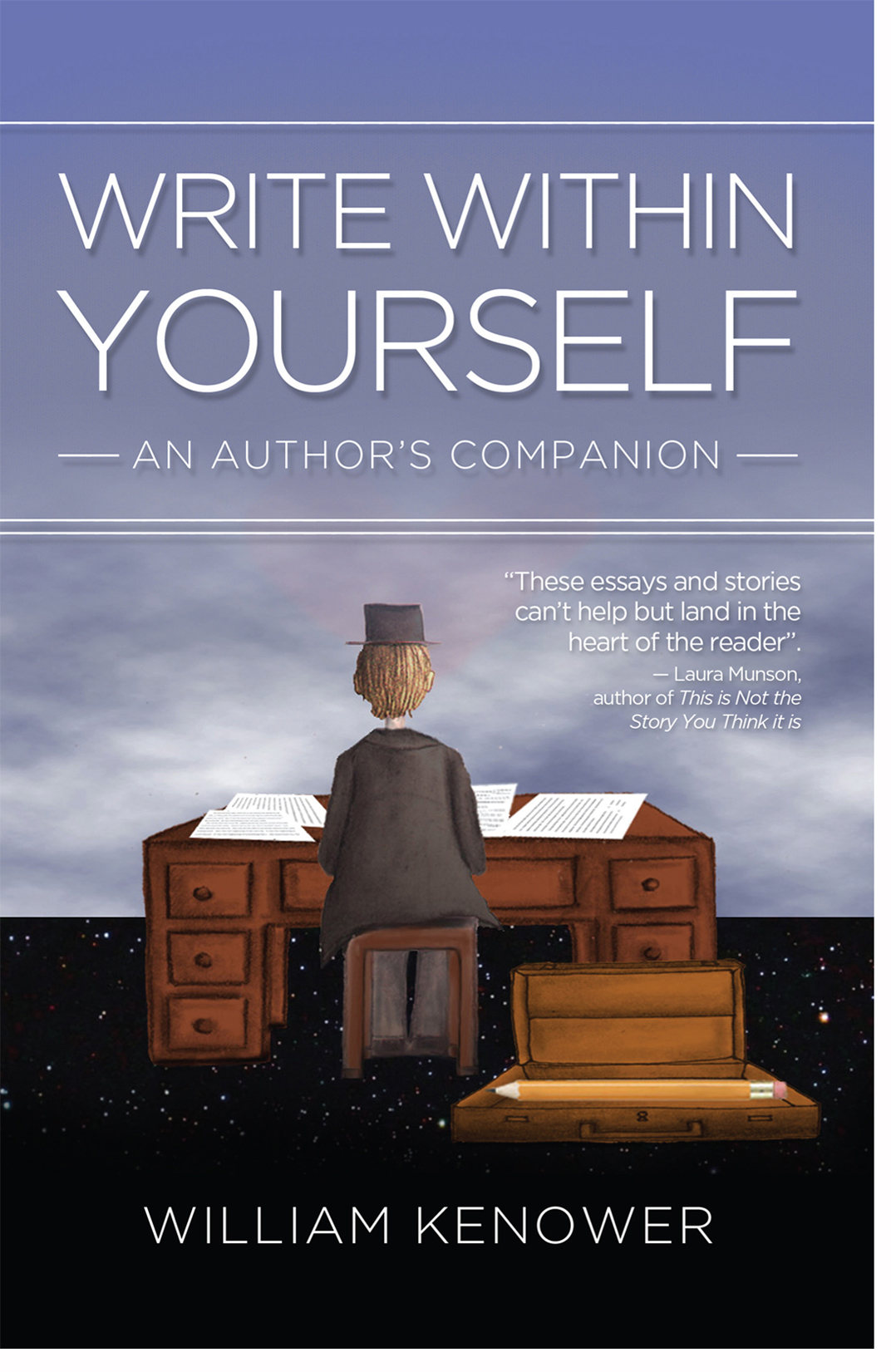Storytelling Magic
All storytellers must convince their readers that there is a problem. Without problems there would be no stories. But conditions are not seen universally as problems. For instance, my oldest son, Max, attended public schools and thrived. My youngest son, Sawyer, so hated public schools—well, all schools—that we pulled him out and are now schooling him at home. The problem for Sawyer was not school, but the combination of school and Sawyer. So if Sawyer were to write a story about his time in school, he would have to do so in such a way that the Maxes of the world understood why school seen through Sawyer’s eyes was as problem. For the story to be moving and compelling, the Maxes of the world would absolutely have to believe that this whole school thing stinks. Ideally, the Maxes of the world would begin to question why they ever liked school in the first place.
Then Sawyer, like all storytellers, would have to pull a little storytelling magic: he would solve the problem. The problem, however, would have to appear to solve itself. That is, in the very best stories, the resolution is, as Aristotle said, surprising but inevitable. Like the best mystery writer, the clues should have been present all the time. Or, to put it another way, the problem arrived already containing its own solution.
Or, to put it another way, there was never any problem to begin with. The only true problem was one of perception. Once the truth is perceived, the problem no longer exists the same as a dream no longer exists; the same as the dream never existed. This is the storyteller’s magic – to trick us into believing what isn’t real so that we might remember what is.
Write Within Yourself: An Author's Companion.
"A book to keep nearby whenever your writer's spirit needs feeding." Deb Caletti.
You can find Bill at: williamkenower.com


